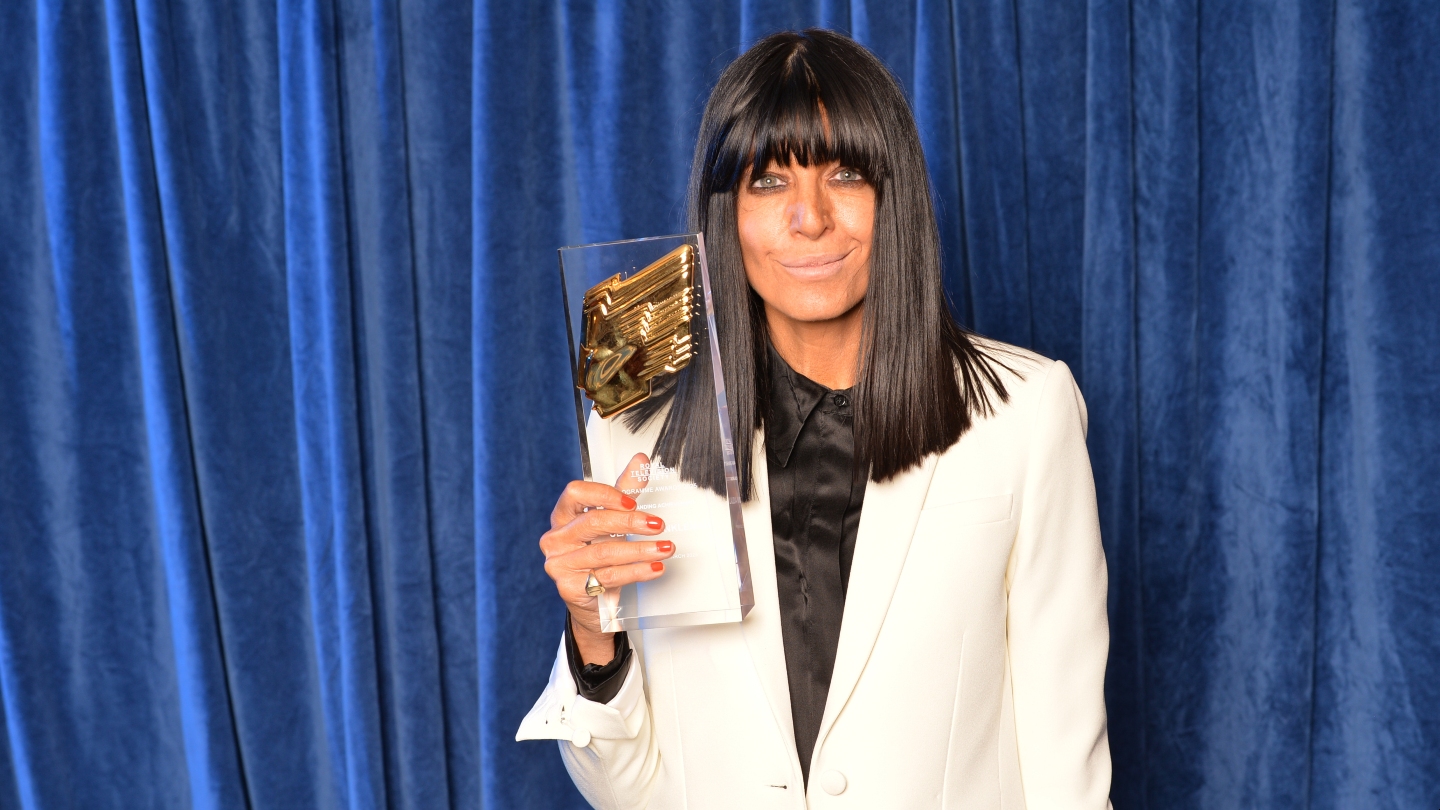For a film as singularly American as Asteroid City, Wes Anderson chose to base his latest film in Spain, writes Adrian Pennington.
You are not signed in.
Only registered users can view this article.

BTS: Daredevil: Born Again
The Hell’s Kitchen of Disney’s masked vigilante reboot is given a grungy seventies overhaul by lead cinematographer Hillary Fyfe Spera

Behind the scenes: Squid Game 2
The glossy, candy-coloured design of Squid Game is a huge part of its appeal luring players and audiences alike into a greater heart of darkness.

Behind the scenes: Adolescence
Shooting each episode in a single take is no gimmick but additive to the intensity of Netflix’s latest hard-hitting drama. IBC365 speaks with creator Stephen Graham and director Philip Barantini.

Behind the scenes: Editing Sugar Babies and By Design in Premiere
The editors of theatrical drama By Design and documentary Sugar Babies share details of their work and editing preferences with IBC365.

Behind the scenes: A Complete Unknown
All the talk will be about the remarkable lead performance but creating an environment for Timothee Chalamet to shine is as much down to the subtle camera, nuanced lighting and family on-set atmosphere that DP Phedon Papamichael achieves with regular directing partner James Mangold.





